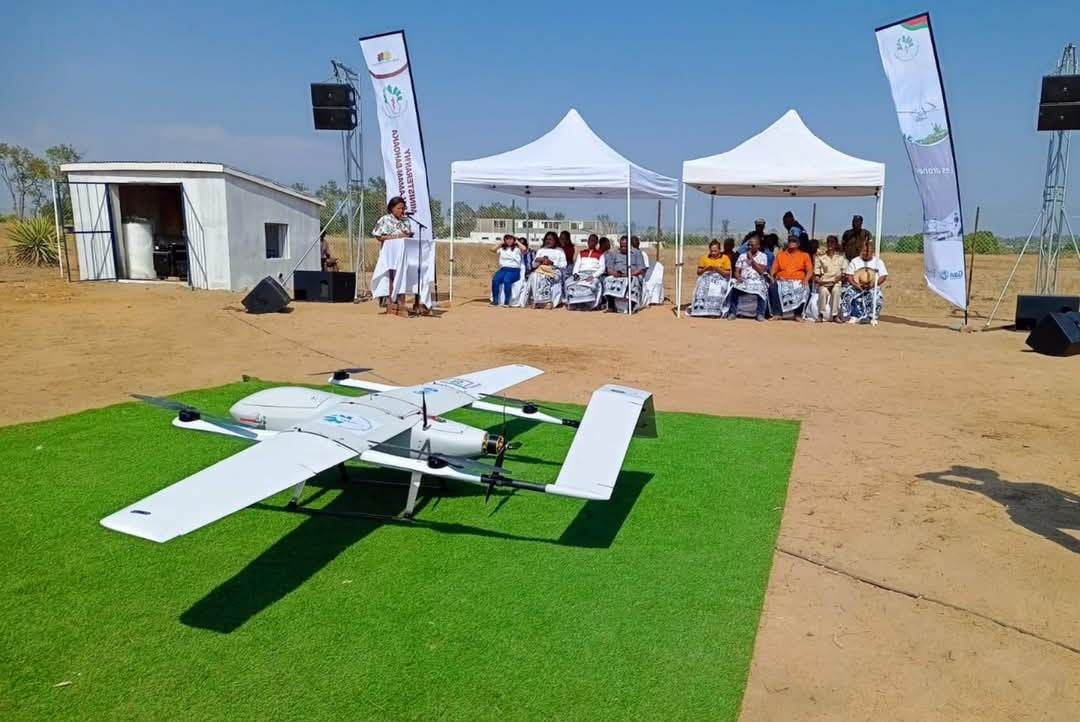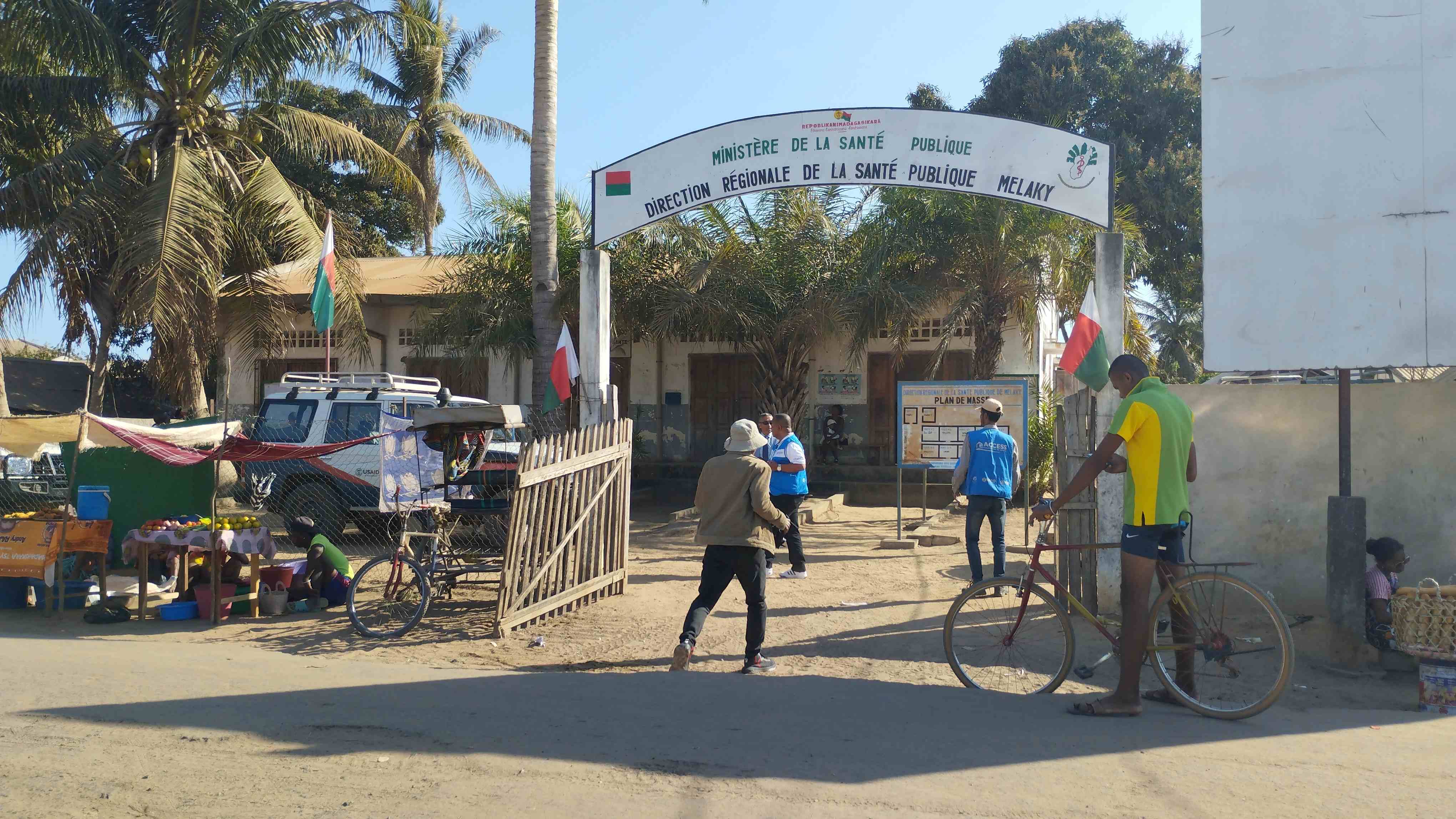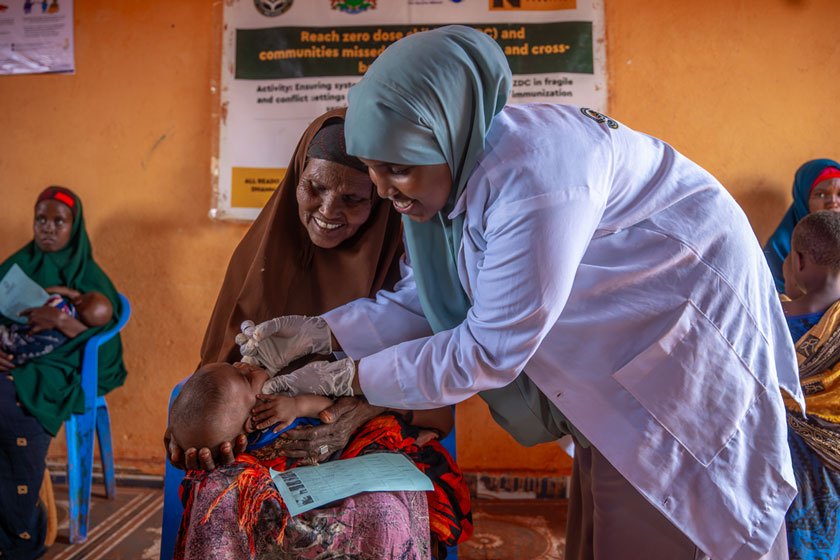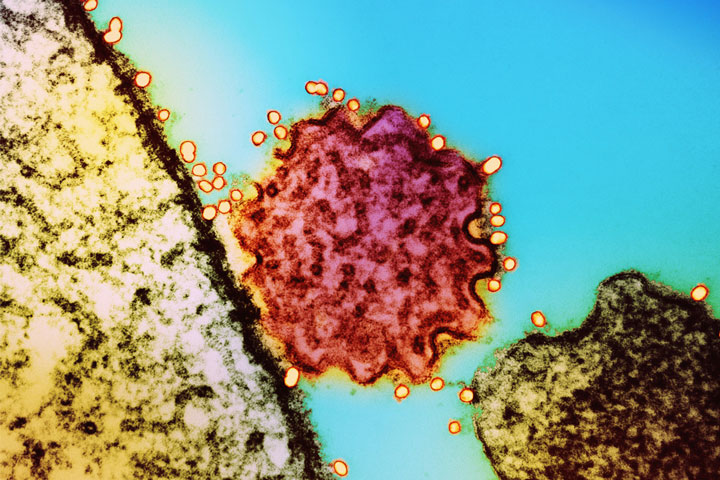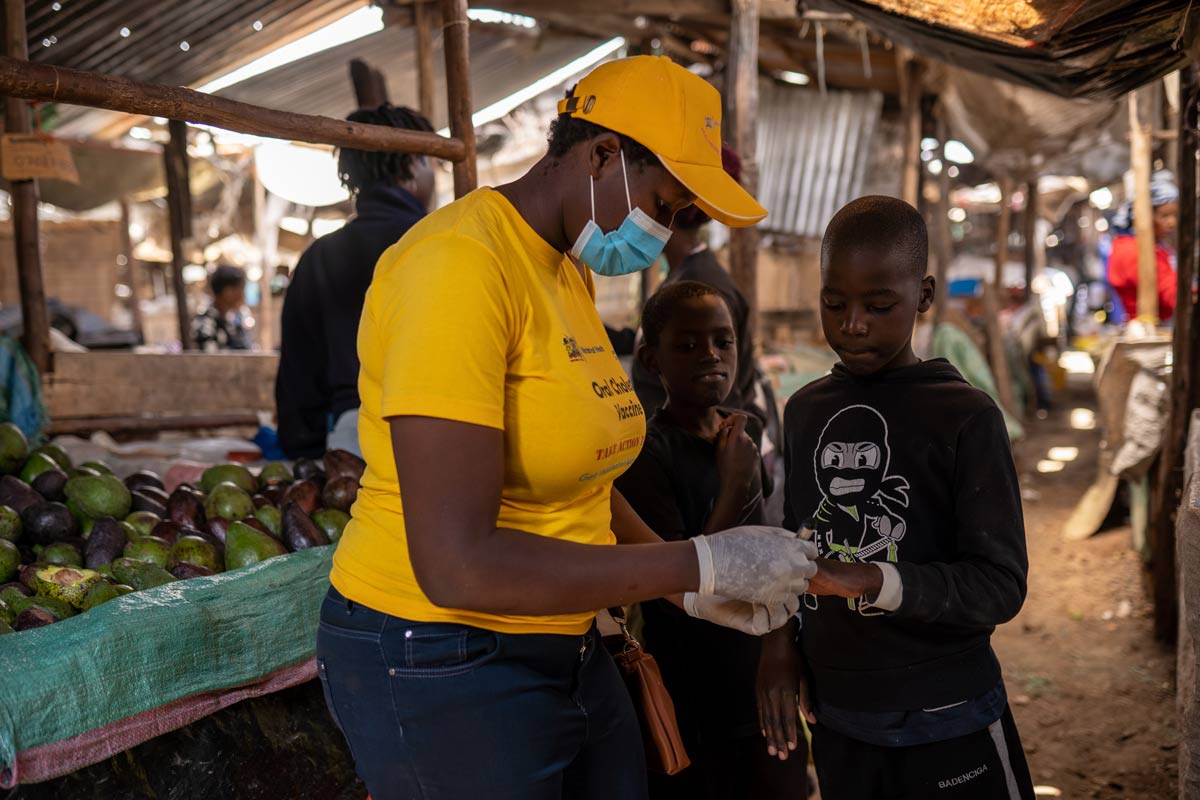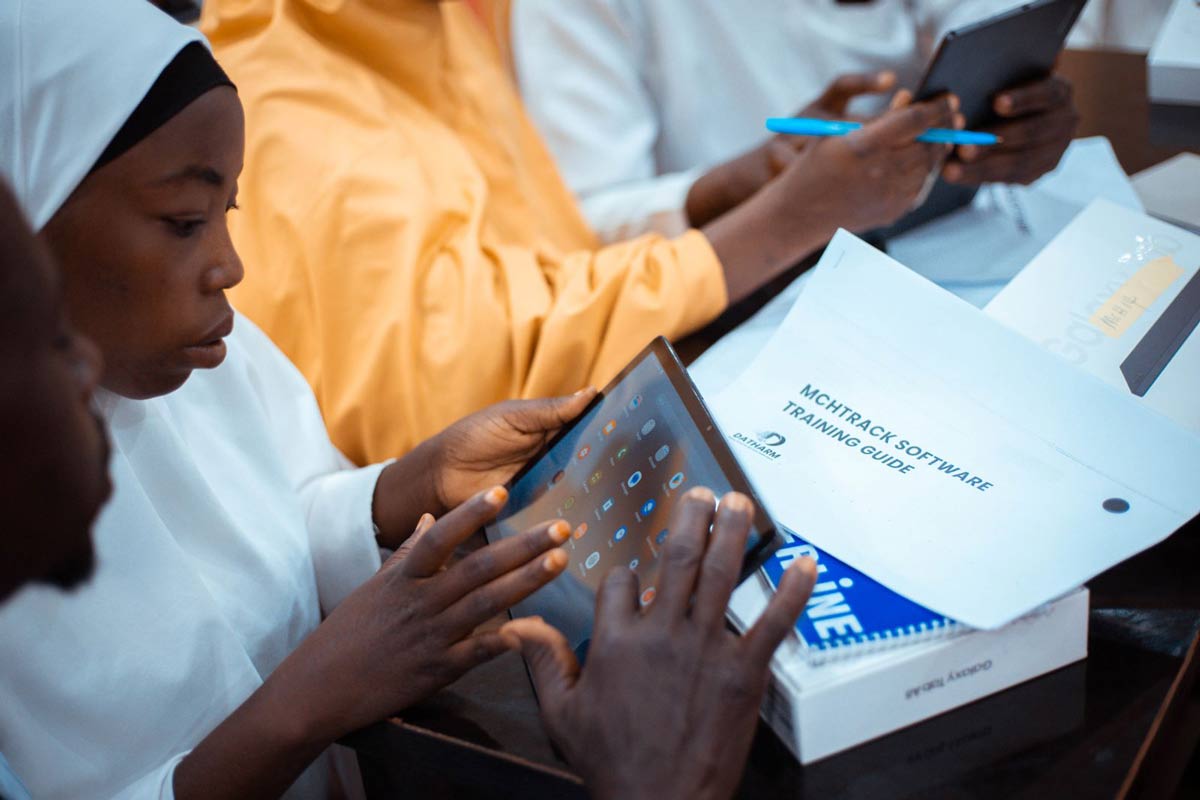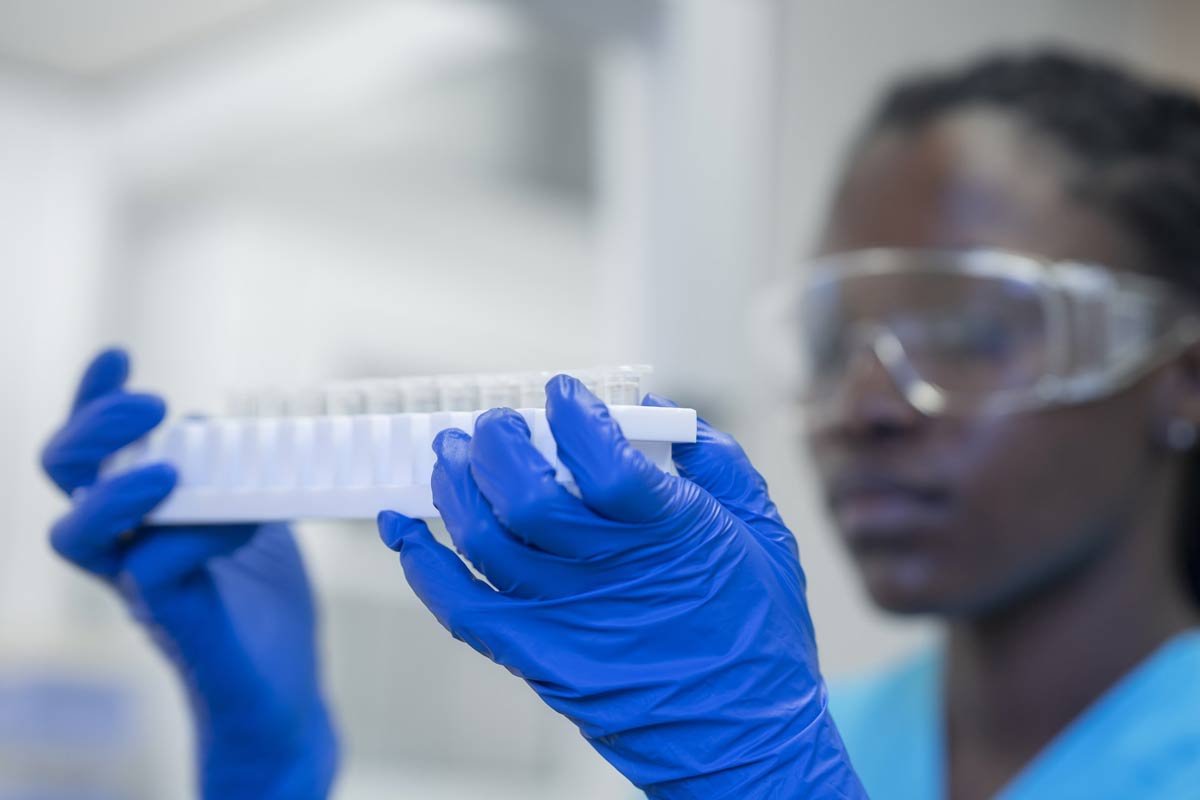In Madagascar, an unstable climate is putting the vaccine cold chain to the test
Vaccination in Madagascar increasingly relies on a cold chain powered by solar energy – a major breakthrough for remote health centres, now facing the growing challenges of a changing climate.
- 16 July 2025
- 4 min read
- by Rivonala Razafison
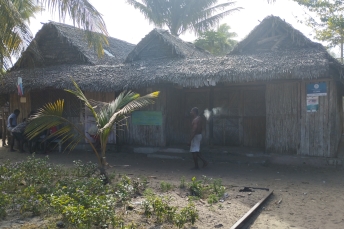
In recent months, southern Madagascar has faced a string of extreme weather events. Long periods of drought have been followed by heavy rains brought on by three successive cyclones. The damage has taken a toll on health infrastructure, already vulnerable due to isolation and lack of electricity. In many health centres, the solar-powered systems used to keep vaccines cold were hit hard: mounts torn off, panels destroyed and equipment deluged.
“Some buildings were completely flooded, with the solar fridges still inside. We’ve seen fridges buried under debris and panels swept away by the wind,” says Ranaivo Soloherilala Andrianaina, head of the cold chain division at the Expanded Programme on Immunization (EPI).
In the country’s southern regions, another threat looms: sandstorms (known locally as tiomena), which coat panels in dust and reduce their efficiency.
Repeated climate shocks are raising urgent questions about the logistical resilience of Madagascar’s vaccination system.
Today, nearly 97% of the country’s primary health centres – around 2,880 facilities – are equipped with solar-powered refrigerators. Solar power is essential in a country where access to electricity remains low: in 2023, only 33% of the Malagasy population had access to power, compared to an African average of 50.6%. Even where electricity is available, service quality is often unreliable, especially in rural areas.
These solar systems, supported by international partners, meet strict standards: a five-year warranty, compliance with WHO’s Performance, Quality and Safety (PQS) norms, and the ability to keep vaccines at the correct temperature for at least 72 hours during a power outage.
“In case of a problem, vaccines can be moved to the nearest distribution centre,” adds Andrianaina. “But when roads are cut off or infrastructure is damaged, that’s much easier said than done.”
Strengthening resilience: equipment and training
To prevent storm-related damage and ensure long-term durability of the equipment, training sessions have been rolled out across the country for district technicians and staff in health centres.
Several technical practices are now seen as essential: mounting solar panels on metal poles – especially for older, non-reinforced buildings – avoiding oversized panels that are more vulnerable to wind, and positioning them to optimise sun exposure while minimising risk.
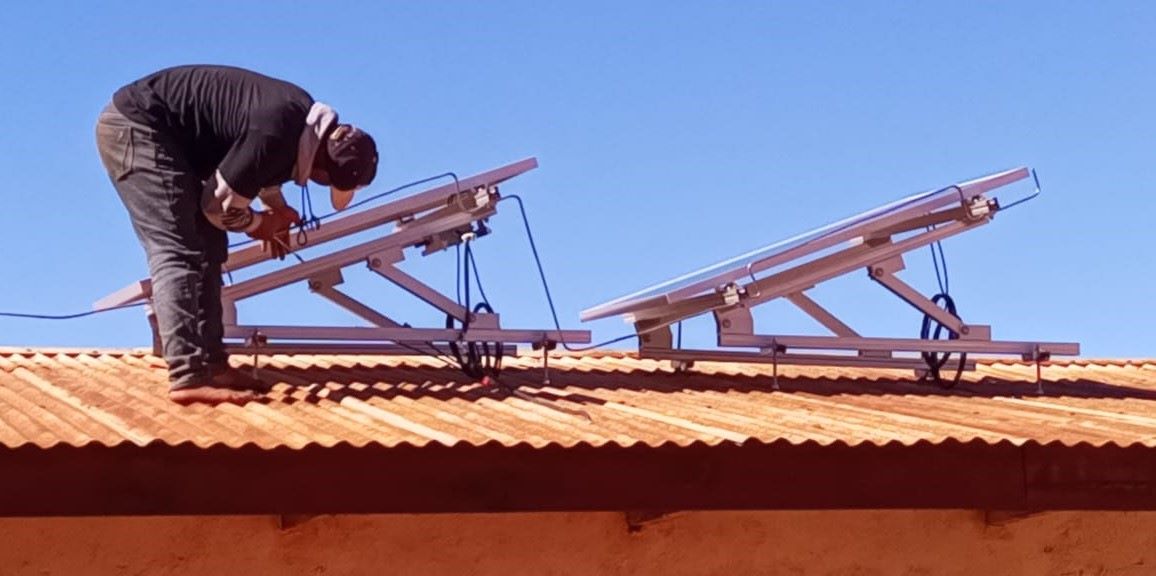
Credit: DPEV
The size of solar panels is a key factor in how well they hold up during storms. “Large panels don’t withstand strong winds very well,” explains Andrianaina. To reduce wind resistance and the risk of panels being torn off, using several smaller panels instead of one large one is now the preferred approach – for instance, four 100-watt panels rather than a single 400-watt panel. Combined with solid mounting systems, this strategy improves the resilience of installations during cyclones.
In the country’s southern regions, another threat looms: sandstorms (known locally as tiomena), which coat panels in dust and reduce their efficiency. Regular cleaning is now considered an essential part of maintenance.
On the island of Sainte-Marie, off Madagascar’s east coast, health centres have successfully adapted their solar set-ups to withstand cyclones. Thanks to reinforced mounts and routine inspections, no solar panels have been torn off in recent years.
“The wind, no matter how strong, has never torn off any of our solar panels,” says Telolahy Zô Michel Ah-Kan, the local cold chain coordinator.
Only one health centre – CSB II in Agniribe – is facing ongoing challenges. Built on a hillside and shaded by mango trees, it receives little direct sunlight. Local authorities are now looking for solutions to improve sun exposure at the site.
Have you read?
Adapting to survive
In some of the most exposed regions in the country, like Ambodibonara in the northwest, the response has been a collective one. Since 2007, mayor Thomas Arsène Tomboravo has embraced a community-based approach to keep health services running.
“We mobilise local resources. Business owners chip in to repair or replace the equipment. Everyone gets involved, because we know it’s about saving lives,” he explains.
Geographic isolation reinforces this sense of solidarity. “Our commune is very remote. Ensuring vaccines are always available is a matter of survival,” he adds.
As the Malagasy government moves toward building health centres that meet new climate-resilient standards, local experience shows that vaccine system resilience depends as much on community engagement as it does on technical upgrades.
In the face of mounting climate shocks, the challenge is no longer just about access to energy – it’s about durability, maintenance and governance. In this race against time, Madagascar is laying the groundwork for a more sustainable system – provided the necessary resources and collective will are there to support it.
